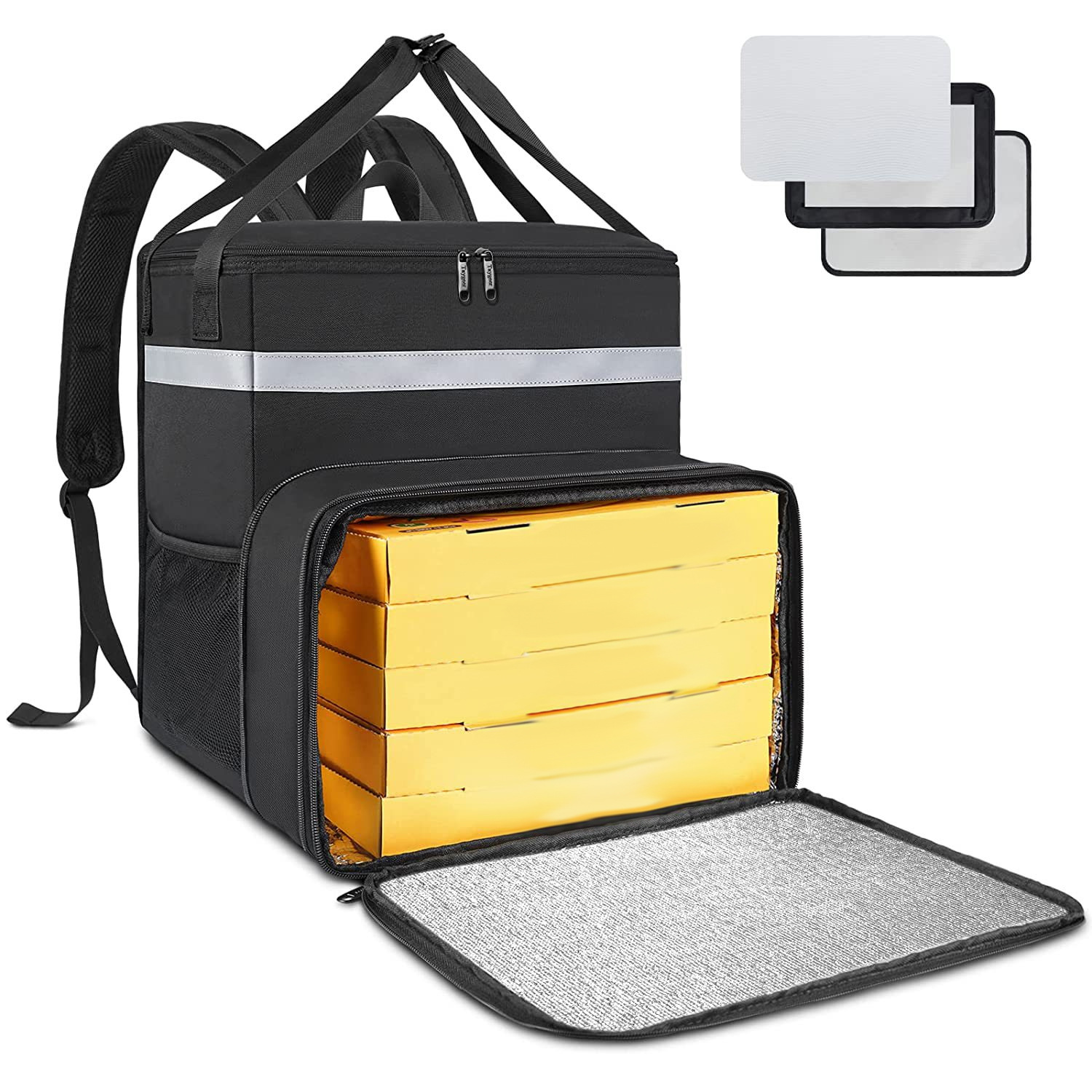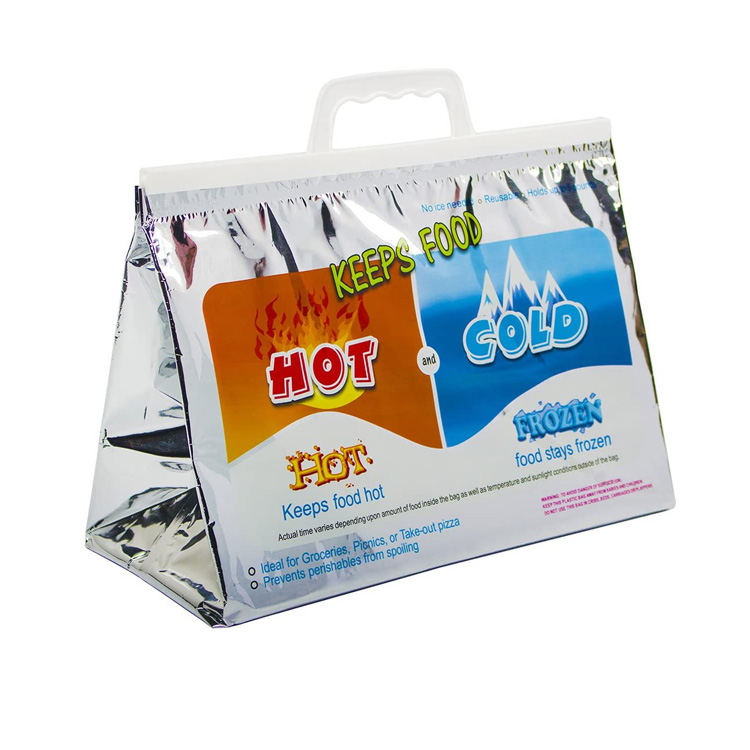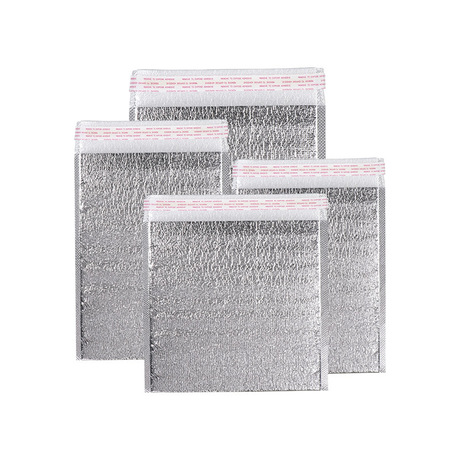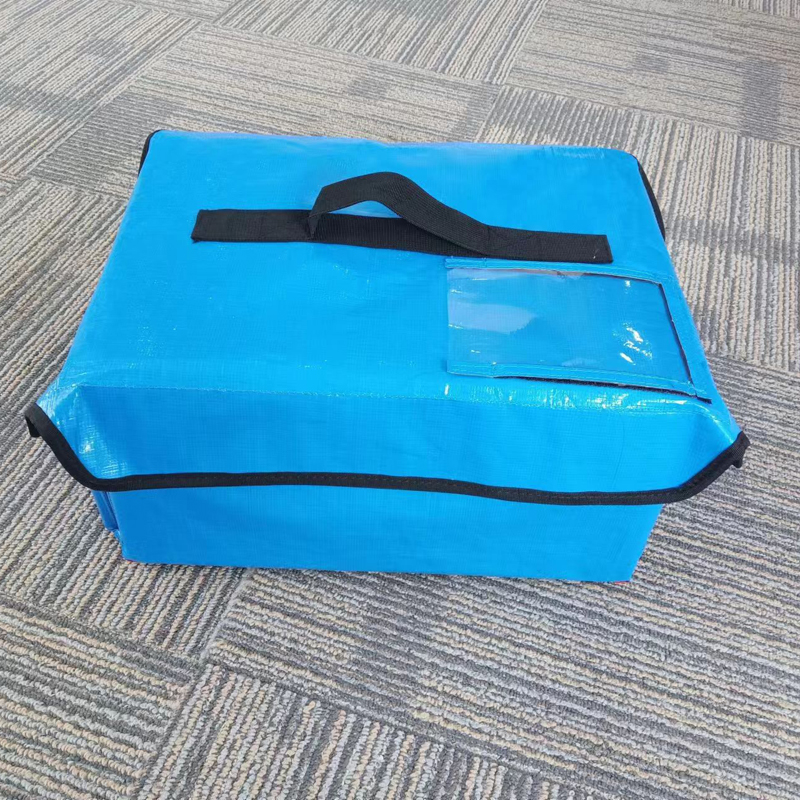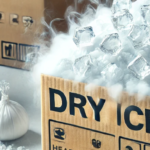Refrigerated Eisbeutel are typically composed of several key materials aimed at providing good insulation and sufficient durability. The main materials include:
1. Outer layer material:
-Nylon: Lightweight and durable, commonly used on the outer layer of high-quality ice packs. Nylon has good wear resistance and tear resistance.
-Polyester: Another commonly used outer layer material, slightly cheaper than nylon, and also has good durability and tear resistance.
-Vinyl: Suitable for applications that require waterproofing or easy to clean surfaces.
2. Insulation material:
-Polyurethane foam: it is a very common insulating material, and is widely used in refrigerated ice bags due to its excellent thermal insulation performance and lightweight characteristics.
-Polystyrene (EPS) foam: also known as styrofoam, this material is commonly used in portable cold boxes and some one-time cold storage solutions.
3. Inner lining material:
-Aluminum foil or metallized film: commonly used as lining material to help reflect heat and maintain internal temperature.
-Food grade PEVA (polyethylene vinyl acetate): A non-toxic plastic material commonly used for the inner layer of ice bags in direct contact with food, and is more popular because it does not contain PVC.
4. Filler:
-Gel bag: bag containing special gel, which can keep cooling effect for a long time after freezing. Gel is usually made by mixing water and polymer (such as polyacrylamide), sometimes preservative and antifreeze are added to improve performance.
-Salt water or other solutions: Some simpler ice packs may only contain salt water, which has a freezing point lower than pure water and can provide longer cooling time during refrigeration.
When choosing a suitable refrigerated ice bag, you should consider whether its material meets your specific needs, especially whether it requires food safety certification, and whether the ice bag needs frequent cleaning or use in specific environments.







